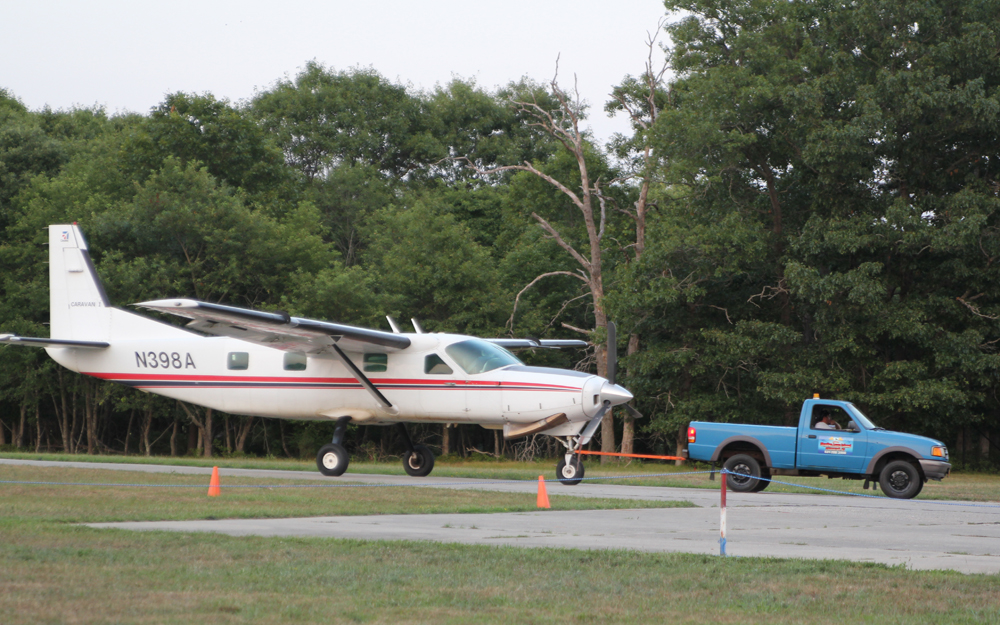Skydiving accident caused by mini-tornado, expert says

The tandem skydiving accident that killed a 25-year-old Medford man and critically injured the instructor was “unequivocally” caused by a mini-tornado known as a “dust devil,” according to the national director of the United States Parachute Association.
Richard Winstock, who interviewed all the witnesses in Wednesday’s accident at Skydive Long Island in Calverton, said the mini-tornado collapsed the jumpers’ parachute, propelling them into a free-fall toward the ground. Based on his interviews, Mr. Winstock estimated the collapse happened anywhere from 75 to 150 feet above the ground.
“All accounts confirmed that this was an uncommon weather phenomenon,” Mr. Winstock said in an interview Friday. “It’s commonly referred to as a dust devil.”
Mr. Winstock said it appears the instructor, 28-year-old Christopher Scott of Sound Beach, did everything within his power to avoid the mini-tornado. Mr. Scott suffered serious injuries and was airlifted to Stony Brook University Medical Center. Gary Messina, a New York City correction officer, died in the accident.
“[Mr. Scott] was attempting to land in an alternate landing area,” Mr. Winstock said. “I haven’t talked to him, but the mere fact that he was landing in an alternate landing area, he either saw something or sensed something or maybe he saw another canopy get affected.”
Skydive Long Island, which first opened in 1986, released a statement Friday afternoon expressing sympathy for the families.
“Our thoughts and prayers go out to the family of the deceased and to our tandem instructor and his family,” the statement said. “Skydive Long Island maintains one of the safest skydiving records in the United States. This is the first tandem fatality we have had since opening in 1986. We are fully cooperating with all agencies involved in the investigation of this case.”
The mini-tornadoes are uncommon on Long Island, Mr. Winstock said. They’re more prevalent out west in areas like Arizona, he said.
As the chairman of the safety and training committee for the USPA, Mr. Winstock said he reviews all skydiving accident reports.
“It’s just very rare that you hear about one in the East,” he said.
Mr. Winstock reiterated that there was no apparent equipment malfunction or error on the instructor’s part.
“I can unequivocally say that this had absolutely zero to do with equipment and instructor error,” he said.
The mini-tornadoes can occur as high as a 1,000 feet, Mr. Winstock said. If a jumper hits one at the higher altitude, there’s still a chance the jump can be salvaged by the canopy re-inflating, he said.
In Wednesday’s accident, there was no chance for recovery.
“Just the violence in the description of the canopy collapsing and the tandem pair being actually dragged with the mini-tornado, it’s just very typical of a dust devil,” Mr. Winstock said. “It’s completely unrecoverable.”
There’s no way to predict a dust devil by weather reports, Mr. Winstock said. In the air, they can be visible. In a corn field, for example, corn can sometimes be seen whipping around, a sign of a dust devil.
The Federal Aviation Administration is still investigating the accident, a standard procedure in these accidents.
See an example of a dust devil below:






